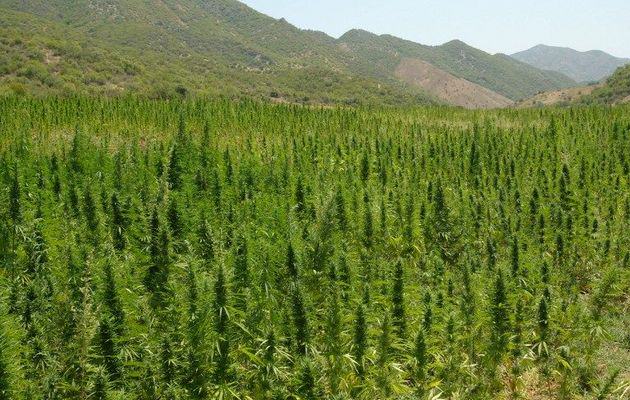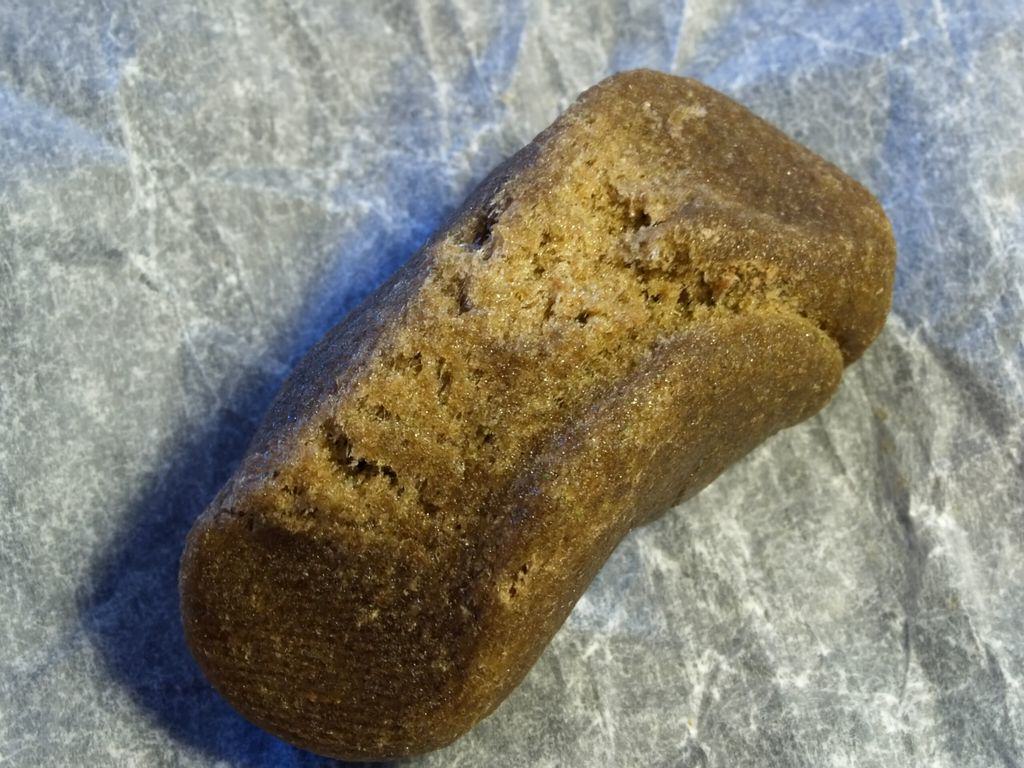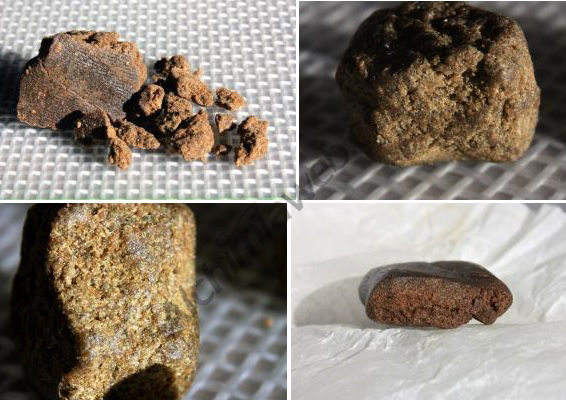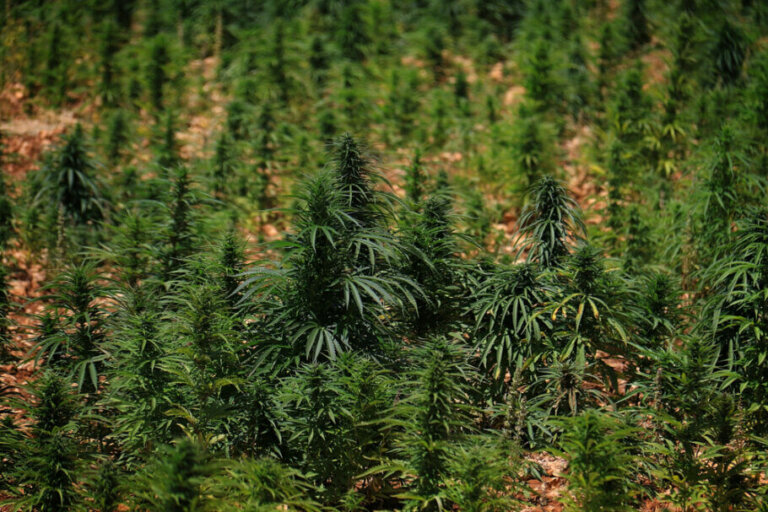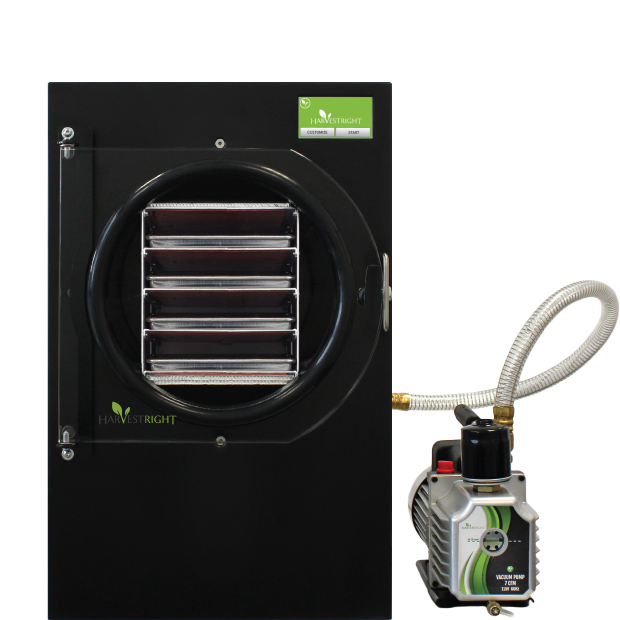Charas: the origins of hashish
List of contents
When talking about hashish, it seems clear which is the oldest type of resin: charas. Today we can consult various specialized sources and they all come to the same conclusion; hand-rubbed hash from fresh flowers is almost certainly the oldest known form of hashish and with a difference of centuries from the second-oldest technique (dry-sieving the plant).
Today we are going to delve into the history of this technique (already millenary) and we will tell you how charas is made, which are the areas where this technique is used the most and what are the main differences compared to other ways of separating the resin from the plant without the use of solvents.
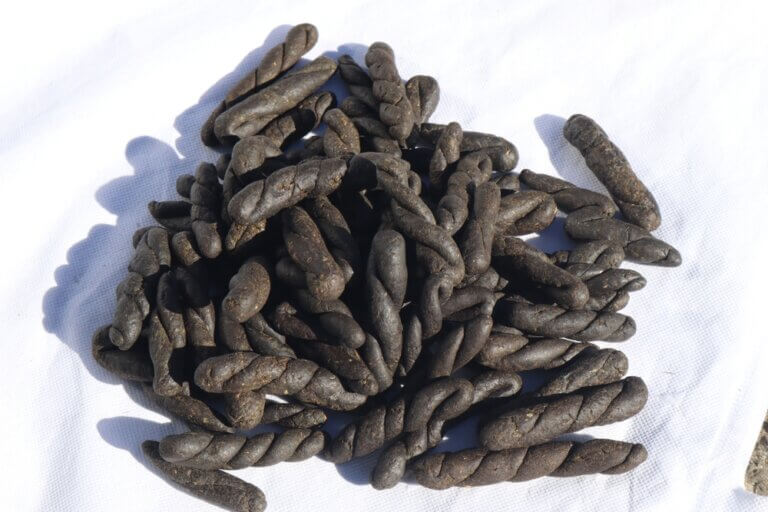
Charas, the oldest hashish in the world
Establishing an exact date on the origin of hashish is really difficult since we do not have written sources that explicitly cite a certain area or moment in which this technique was discovered. One of the oldest texts where hashish is cited comes from the 10th century in Persia, in a text where Ibn Wassyah talks about the effects of various substances on the body, one of which is the resin of the cannabis plant.
However, the author does not specify what type of resin he is talking about or how it was obtained, so we will have to apply a bit of deductive logic to find out and be able to answer the question "What is the oldest form of hashish?"
Brief history of hashish
In this post we will explain about the origins of hashish. There are many legends, information and texts that tell us about the beginnings of marijuana trichome extractions and for this reason we have made a summary explaining those legends, texts and significant events that help us understand the expansion of hashish consumption in the entire world as we know it today.
Let's start at the beginning, with the facts we know thanks to the evidence found:
- Cannabis is a plant that has been cultivated by humanity for thousands of years
- Ancient cannabis plants already produced trichomes, where cannabinoids and terpenes are produced
- There was no machinery to help with the harvest or, of course, to sift plants or do solvent extractions
With these data in mind, imagine the scene: if we have a group of cannabis farmers harvesting their plants by hand, it is not too strange to think that, sooner rather than later and after spending hours handling fresh flowers, these outdoor proto growers would find themselves realizing that their hands were covered by a layer of a brown, sticky and extremely aromatic substance... it was Charas, no more and no less!
If we take into account the concerns that humanity has been demonstrating since its very first steps in experimenting with substances that modify its state of consciousness, it is not too risky to think that they tried this substance (probably by ingesting it) and realized what they had at hand, literally. All of this seems quite feasible, although... When did they realize that by rubbing fresh flowers with their hands they got this substance? When did they discover its properties? Did these events occur in the same area or in several areas? Unfortunately, we do not know the answers to these questions.
How to make dry sift
In this post we present you a system to obtain top grade dry sift separations easily and without investing in expensive equipment. All we need to obtain a much better product than commercial hash is a set of screens/bags, buds or trim and a little patience. Enjoy your concentrates!
Origins of the Charas
We know that hashish is mentioned in texts from the 10th century, as well as that the custom of ingesting it had already spread in the 11th century in various areas throughout the Middle East. We also know that dry-sieved hashish didn't really become important until the 14th-15th century, so we have to assume that for centuries, hashish made from fresh flowers - charas - was the only existing cannabis derivative.
Although all the clues seem to point to the Middle East as the cradle of hashish, more specifically that made by rubbing fresh buds, it is curious to see how, today and for a long time, this tradition has been replaced by dry-sieving in that area, while the custom of making charas would have been limited to a few areas in the much wetter foothills of the Himalayas.
And what does environmental humidity have to do with all this? A lot! In areas where charas is produced, such as Nepal or North India, it is practically impossible to sift dry buds to separate the resin from them. In fact, it is difficult to even dry the flowers until after the monsoon is over, so the easiest way to produce hashish is by making charas at harvest time.
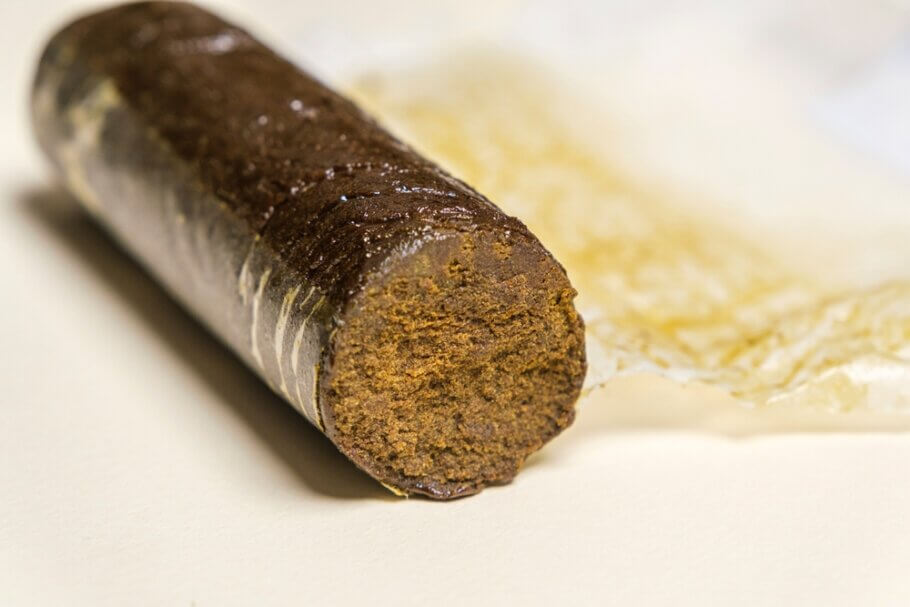
Thus, we see how once dry-sieving was established as a more efficient way (much more, we assure you) than rubbing to get hashish, this new method was mostly used in any area with a dry climate where cannabis was grown, while the old method of rubbing was restricted to those areas where sifting dry plants was really complicated given the high environmental humidity.
How is charas produced?
The process to produce charas is as simple as it is laborious. The grower waits until the plants are at their peak, he cuts and stacks the branches after removing the largest leaves, after which he thoroughly washes his hands and leaves them to dry in the sun. Once dry, he places a branch in front of him vertically and, with both palms of his hands, he gently rubs them up and down, until a thin layer of hashish covers them. He carefully separates this resin and continues rubbing until he gets a new piece, which he will leave separated from the first, thus distinguishing two qualities. Once he has estimated that the branch will not give more resin without releasing too many contaminants, he goes on to the next one and repeats the operation.
Having seen the system, it is not surprising to think that, in a single day of work, a much greater amount of resin is obtained by screening dry plants than by making charas, which is why the new system was such a success and ended up replacing the traditional one wherever it was applicable. Already in the 15th century, an army of producers would have been needed to cover the world demand for hashish with charas, and also a long, long time!
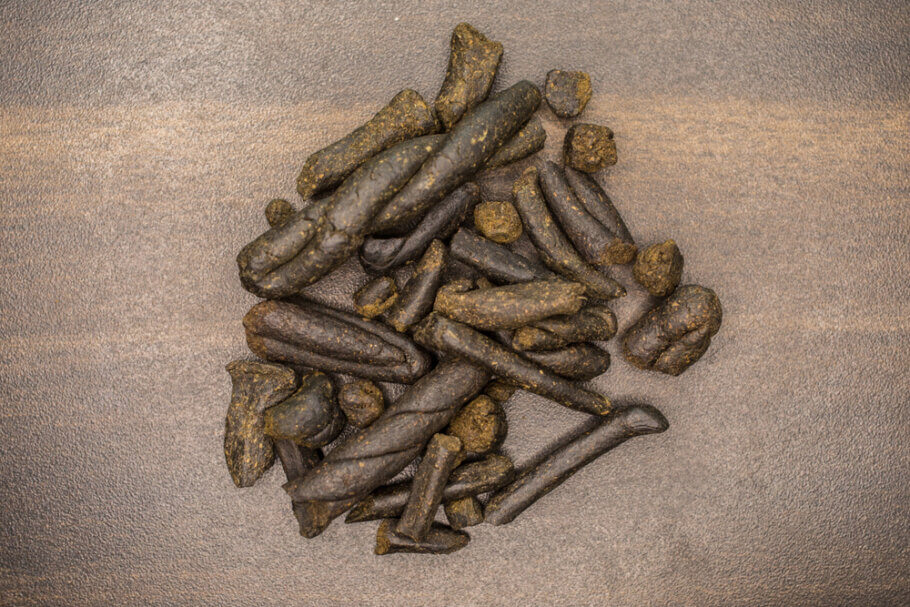
Types of charas
In the same way that happens with other types of hashish, charas from certain areas have acquired special fame for their quality or power, either due to the genetics used, due to climate issues, or due to the good hands of farmers and producers. A good example is the famous Temple Balls from Nepal, pieces of charas that are given a rounded shape and that won over the hearts of the travelers of the Hippie Hashish Trail during the 60s and 70s for their quality and exotic flavor, very spicy.
Another example can be found in areas such as Kashmir or Himachal Pradesh, in northern India, where charas known as Malana Cream (from the Parvati Valley) or Idukki Gold (also called Kerala Gold, from less northern areas) come from.
Be that as it may, if you are ever lucky enough to come across a good charas, don't miss the opportunity... you will have a treasure with centuries of tradition in your hands!

















































